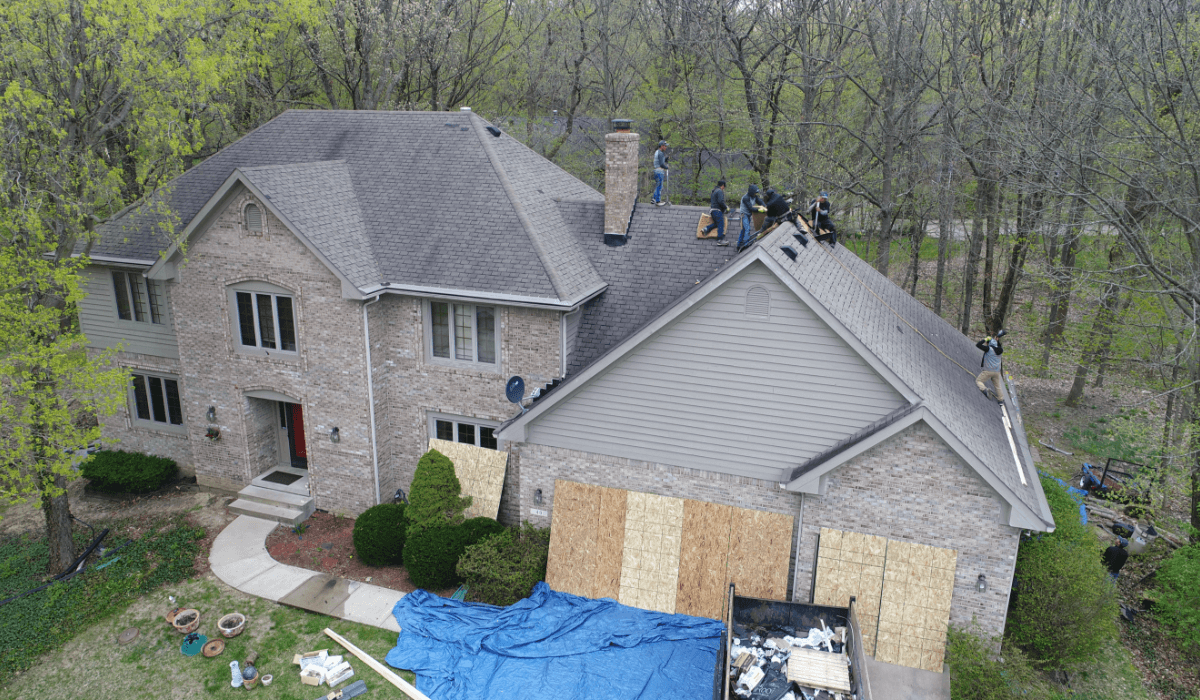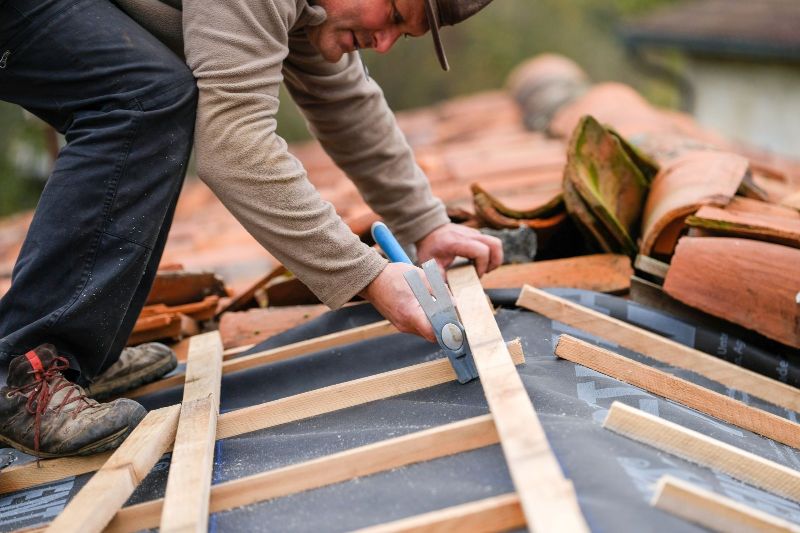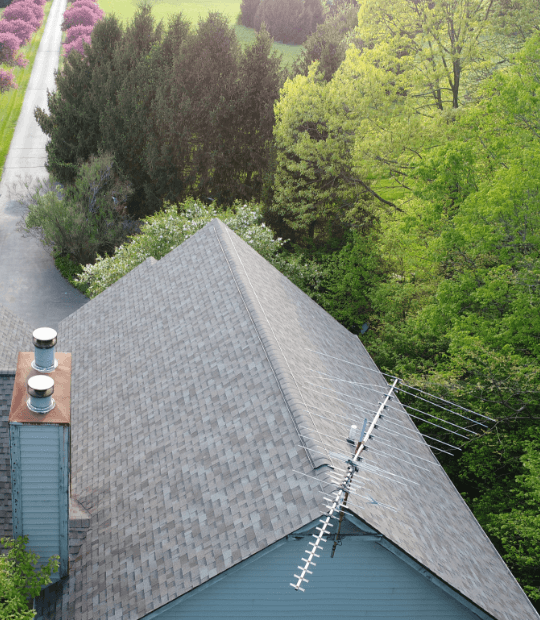As a roofing company, we understand that the idea of replacing your roof can be daunting. It's a big investment that requires careful consideration and planning. But sometimes, roof replacement is necessary to maintain the structural integrity of your home and protect it from the elements. In this blog post, we'll explain what roof replacement entails and why it might be necessary.
What is roof replacement?
Roof replacement involves removing the existing roof and installing a new one. It's a major construction project that requires careful planning and execution. The first step in roof replacement is to assess the condition of your current roof. If your roof is old, damaged, or has reached the end of its useful life, replacement may be necessary.
Why might roof replacement be necessary?
There are several reasons why you might need to replace your roof. One of the most common reasons is age. Most roofs have a lifespan of 20-25 years, depending on the type of material used. If your roof is approaching or has exceeded its expected lifespan, it may be time for a replacement.
Another reason for roof replacement is damage. Damage can be caused by severe weather events like hail or high winds, or it can be the result of long-term exposure to the elements. If your roof has significant damage, it may not be possible to repair it, and replacement may be the only option.
Finally, you may want to consider roof replacement if you're planning to sell your home. A new roof can add significant value to your home and make it more attractive to potential buyers.
What's involved in roof replacement?
Roof replacement is a complex process that involves several steps. Here's what you can expect:
Inspection and assessment: The first step in roof replacement is to inspect your current roof and assess its condition. This will help us determine whether replacement is necessary and what type of materials will be needed.
Removal: Once we've assessed your current roof, we'll need to remove it. This involves stripping off the existing shingles, underlayment, and any other materials that make up the roof.
Repair and preparation: After the old roof has been removed, we'll inspect the underlying structure for any damage. If we find any damage, we'll repair it before installing the new roof. We'll also prepare the surface by installing a new underlayment.
Installation: Once the surface is prepared, we'll begin installing the new roof. This involves laying down the new shingles or other roofing material in a precise pattern to ensure maximum protection and durability.
Clean-up: After the new roof is installed, we'll clean up the job site and remove any debris. We'll also inspect the new roof to ensure that it's properly installed and ready to protect your home.
How long does roof replacement take?
The time it takes to replace a roof can vary depending on several factors, including the size and complexity of your roof, the type of material being used, and the weather conditions. On average, roof replacement takes between one and three days, but it can take longer for larger or more complex roofs.
Roof replacement is a big investment, but it's also an important one. A new roof can protect your home and increase its value. If you're considering roof replacement, it's important to work with a reputable roofing company that has the experience and expertise to do the job right. At [company name], we're committed to providing our customers with high-quality roofing services that meet their needs and exceed their expectations. Contact us today to schedule a consultation and learn more about how we can help you with your roof replacement needs.



